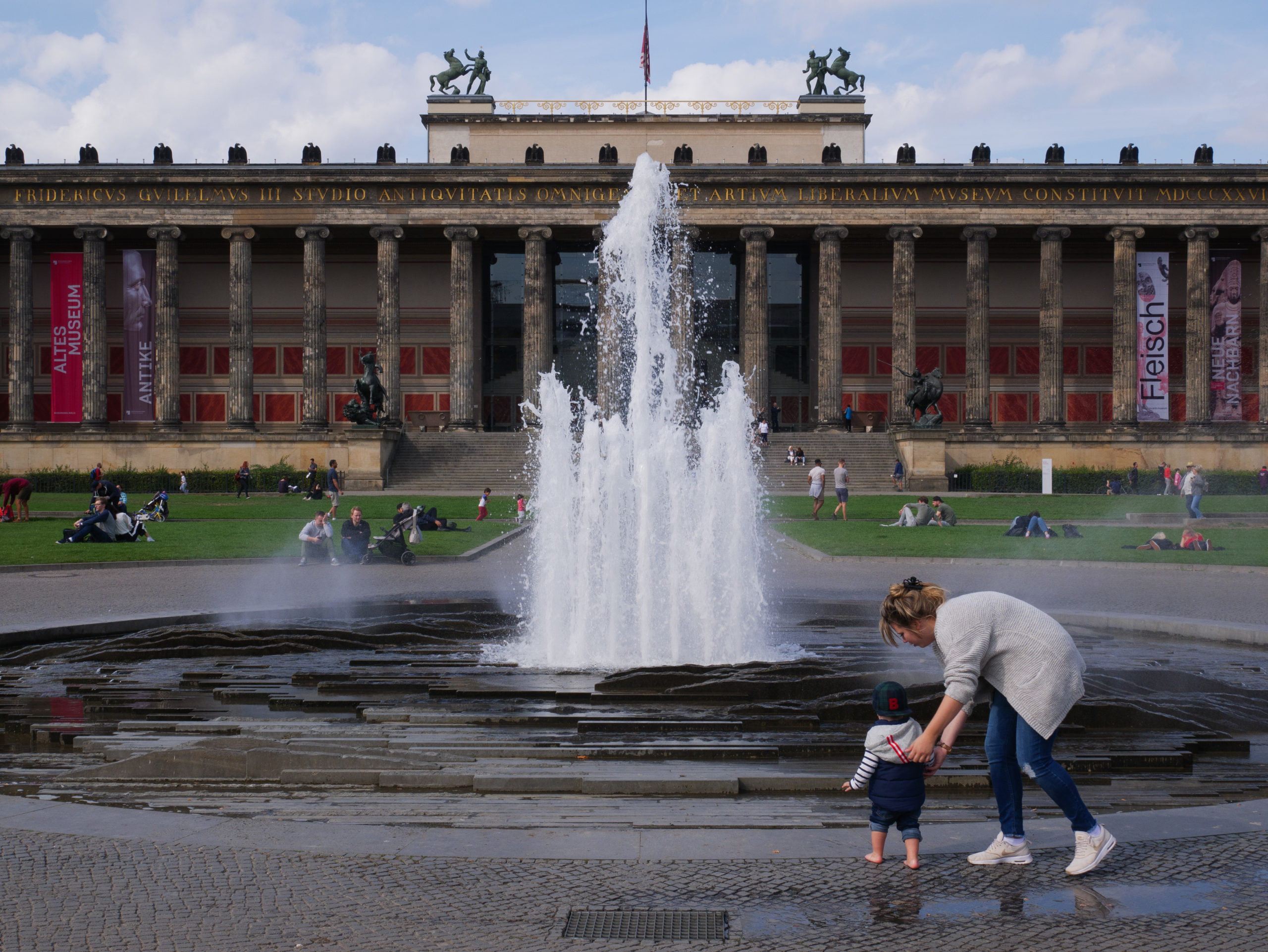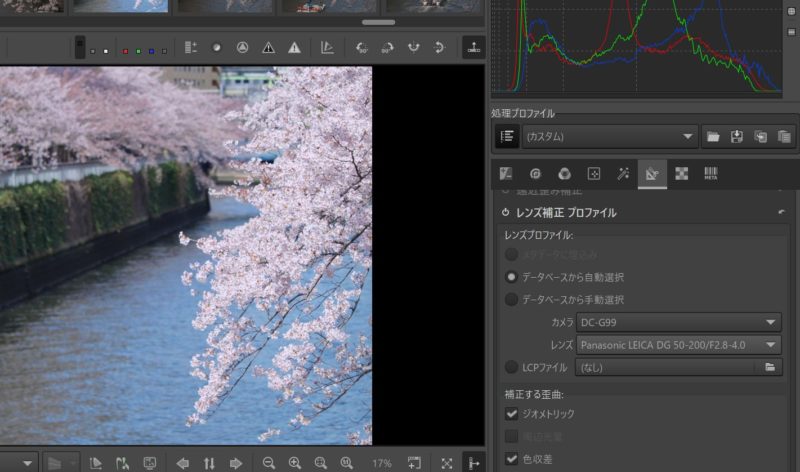As you may have noticed if you have visited our site several times, we have been trying to make the site multilingual by duplicating some pages, including posted articles, in English for a few weeks.
Looking at the photos and articles posted by overseas photo enthusiasts on social networking sites, I am exposed to a way of selecting photographic subjects and expressions that I rarely see in Japan. Even the use of color is very different. I find this difference in taste quite interesting and enjoyable. I think that many photographers around the world at all levels of photography feel the same way, more or less.
Like this.
What I am trying to say is that I think it is wonderful to have a relationship in which people show each other their photos across national borders. Not only at the level of professionals/high amateurs, but also at the level of low amateurs like myself (not low amateurs in golf).
The fastest way to achieve this kind of mutually beneficial action is through social networking sites, but that is beside the point. Regarding to our own website, I’d like to make it “open” to the world.
I know there will be no need for it. Even if there is someone somewhere in the world who has even the slightest interest in Japanese low-amateur photography, I understand it’s no use to add a few English pages to contact them. However, this is a matter of policy, a matter of mentality. (mysterious awakening).
After a lot of trial and error, we have now settled down to operations. There are two main tools we are using.
1 WordPress plugin BOGO

This is used to create a duplicate English version of the page and a switch to switch the display language. Be careful of a mysterious bug that switches the default language of the site to English when you install it (I got hooked on it early on), but basically it is a simple and easy-to-use tool. If you want to, you can handle a fairly wide range of languages other than English.
However, when it comes to making duplicates, BOGO does not translate between languages. To translate this page into English, you will need to do some additional work. At first I was puzzled, but once I understood and got used to it a little, I realized that this simplicity is a maintenance advantage.
And this is what I use for my translation work.
2 Cloud AI Translation Service DeepL

When I feed the text file of the original article into DeepL, it translates the original Japanese text into English quite well, even with a pretty good intricate phraseology, and it also handles proper nouns quite accurately. The original text of a photo blog article may contain many tags that refer to photos, but it is a very smart one who can recognize them and return the text with the tags intact (so even after the article has been released as a blog post, rather than at the text manuscript stage, you can use DeepL without hesitation to translate them).
No wonder it has been commercialized and already has a significant number of users. Above all, it translates what would take me a night in my broken English in a few seconds with excellent quality, so I can’t stay away from it anymore (laugh). I am fighting daily against the temptation to switch from the free version to the paid version.
As you might expect, I can’t get away without making any changes at all, and usually there are one or two corrections to the translation and two or three corrections for misreading tags in the translation of one article.
I wonder if I’m getting into unnecessary things again…. But it’s fun.



